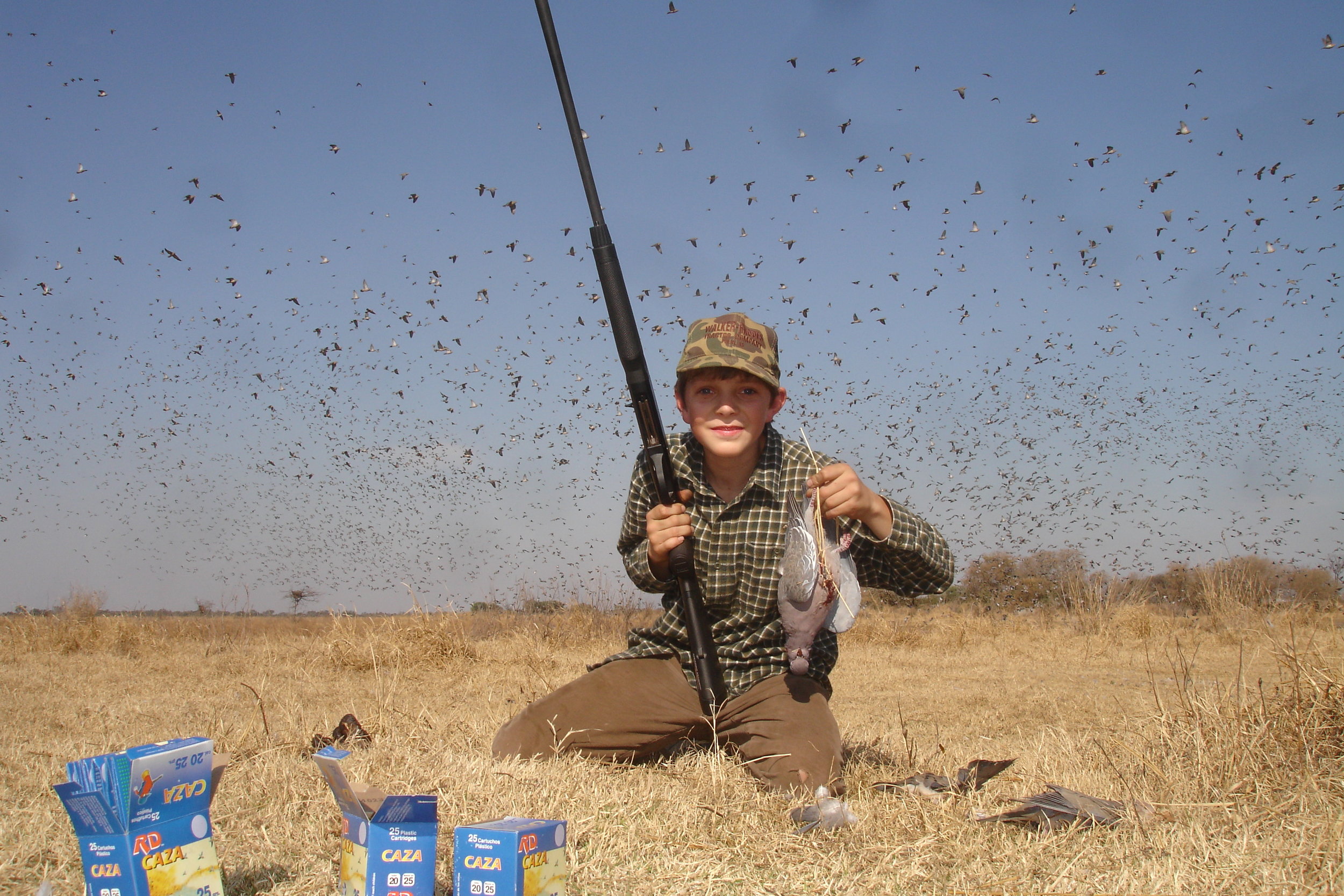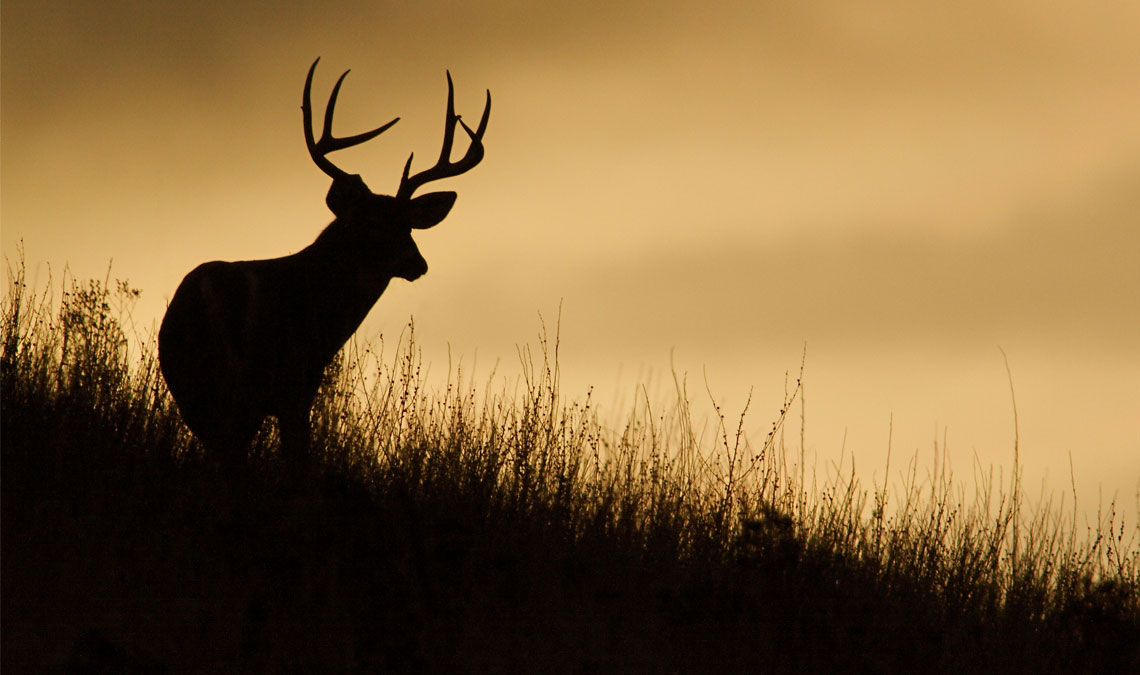
There are many types of hunting in Michigan. If you're interested in upland bird hunting, crossbow hunting, or deer hunting, you'll find that there are plenty of options here. These are the most common types of hunting in Michigan. Continue reading to find out more. Learn how to plan a successful hunting trip. Below are some helpful tips. Michigan is a great place to hunt, but you should make sure you read all information before you plan your trip.
Crossbow hunting
In Michigan, nearly 57,000 hunters used crossbows to harvest deer in 2009. Archery kills rose by 13 percent in 2010 as archery killed more deer than bow or rifle. Crossbow hunters were able to kill 54,902 deer in 2011. This is a significant increase on the four hundred and thirty-22,000 bucks that bow and gun hunters killed. But, crossbow hunting isn't without controversy in Michigan.

Elk hunting
Michigan has made elk hunts legal again. However, January hunting has been stopped. Elk hunters must bring every animal they harvest to a DNR check station. A biologist will examine the elk and check for bovine tuberculosis. Every elk must also be checked for diseases. Every animal taken for age is subject to a DNR test of the incisor teeth.
Hunting for upland birds
You can enjoy Michigan's upland bird hunting in many ways. The state is known for its outstanding waterfowl hunting. Apart from ducks or geese, you may also hunt pheasants. There are many options, including the robustly intelligent German Wirehair. Depending on the plot that you choose, you can also use trained dogs. The cost of a Michigan bird hunting package includes a shotgun and trained dogs. Semiautomatics and break-breach guns are also available. You can choose between 12 or 20 gauge shotguns, but some hunters prefer 16 and 28 gauge.
Deer hunting
Michigan has a firearm deer hunting season that runs from Nov. 15 to 30, so if you are thinking about going, it is important to know this. The season has been the exact same since 1925. There were several experiments, including Saturday openers and split seasons, that failed. But this year's changes are a positive step toward maintaining the state's deer population. Be sure to read all regulations to be certain you're following the law.

Wolf hunting
The debate about Michigan wolf hunting is complex. Hunting enthusiasts argue that Michigan's decline in deer hunting is due to wolves, but conservationists believe more wolves should be introduced into the state. There is a serious epidemic of wasting disease in south Michigan and the presence wolves would help to reduce the risk. Their controversial hunting season could also be justified because wolves are beneficial to the economy and environment.
FAQ
What is the most important aspect of hunting animals
How do you get there? You must first learn how to accurately shoot. Then, it is important to know how to hit the target. Then, it is time to learn how make adjustments when you miss.
Knowing what you are doing is the most important aspect of hunting. You will never be able to improve if your knowledge is not up-to-date. You might think you've improved because you've gotten better shots, but if you didn't know what you were doing before, those shots won't mean anything. It's the same with hitting targets. If you don’t get why you’re not succeeding, you won’t be able to change. It is important to understand your goals.
This is where knowledge comes into play. Your ability to hunt depends on your understanding of the animal you're trying to kill. While out in the natural world, it is important that you learn everything you can about any animal you encounter. It is important to understand their habits, behaviors, and personalities. This way, you can plan your hunts so they go smoothly and efficiently.
It is important to always learn from other people who have achieved success in the past. There are many books out there on the subject. In addition, there are websites like www.thehuntingzone.com that offer great tips and advice. Finally, you have people who have years and years of experience. They will be able to help you understand what works and not.
Once you have learned everything, it is time for practice. Practice makes perfect. It's not enough to practice until you feel confident. Instead, you should practice until your confidence grows. Confidence allows you to relax and enjoy the process. Relaxation can help focus your attention on the task. Concentration will allow you to seize every opportunity. You can only be relaxed and focused when there are opportunities.
You're now ready to test your new skills. Do not worry if your attempts fail. Just keep practicing and improving. Eventually, you'll find success.
How many Americans rely on hunting?
Over 300 million hunters reside in the United States. This means that hunters are twice as numerous as those who live in New York City.
Hunting is a American pastime that has existed for hundreds of years. But today, fewer Americans hunt for sport than ever before. The U.S. Only 2 percent of Americans hunt regularly, according to Fish & Wildlife Service (FWS). This number is even lower for young adults.
Although hunting may seem like an outdated pastime, older generations still love it. Recent research found that 68% of boomers plan on hunting again when they retire. Hunting is for them a way to enjoy the outdoors and connect with nature.
For younger generations, however, hunting isn't necessarily a priority. In fact, according to the National Shooting Sports Foundation, only 18 percent of millennials consider themselves avid shooters.
FWS works hard to ensure that America's wild places are accessible to all.
In 2014, the agency launched its "Wild Lands" campaign to raise awareness about public lands across the country. The agency's goal is educate the public about the importance of conserving these areas and encourage them visit them.
Conservation efforts are also encouraged through the Wild Lands Program. FWS and National Rifle Association partnered to create Project Gunter, which is a youth shooting sports program. This program teaches kids how to safely handle firearms and helps them develop skills such as marksmanship and safety.
Project Gunter is now expanding to women and minorities. As a result, more children are learning how to shoot guns and become active participants in wildlife conservation.
Where can I purchase a gun? What do I need?
A gun is required by law to hunt certain species.
Most states require hunters to own a firearm. The exact type depends on the game you plan to hunt and the state you reside in.
At any sporting goods retailer, you can purchase a rifle or shotgun, handguns, muzzle loader and crossbow as well as an archery weapon.
Be sure to select the right weapon for your purposes. For example, if you want to hunt small games such as squirrels, rabbits, and pheasant, you might consider purchasing a .22 caliber pistol.
A larger caliber weapon might be a good option if you intend to hunt large animals like bears, elk, or deer.
Don't buy a weapon until you feel confident with it. A gun can be a dangerous weapon. It is a dangerous tool.
A qualified gunsmith should inspect any gun you are considering buying. Ask the seller for instructions on how to load and unload your gun.
Examine the manufacturer's warranty. Ask the dealer for a warranty if there is none.
Ask the dealer to provide you with a copy of their safety instructions. These documents should include information about safe storage and maintenance.
Examine the serial number. If it starts with "NIB" (or "New In Box"), the gun was made brand new.
If the serial number begins by an odd number, it means that the gun has previously been owned.
You can contact the manufacturer directly if you are not sure if the gun has been used. They should be willing to give you details about the gun's history.
Statistics
- Over the past 50 years, the number of hunting licenses in California has been on a rapid decline, falling 70% from more than 760,000 in the 1970s to under 268,000 in 2020—even as the state's population has skyrocketed, according to The Mercury News. (stacker.com)
- Indiana, for example, saw a 28% jump in turkey license sales during the first week of the season. (stacker.com)
- Licenses dropped from a peak of roughly 17 million in the 1980s to 15 million in 2019, according to The Seattle Times. (stacker.com)
- Thanks to the 1937 Pittman-Robertson Act, an 11% excise tax was placed on the sale of firearms, which were then used for conservation. (stacker.com)
External Links
How To
How to hunt wild Turkeys
Wild Turkeys are birds that can be found in North America. They are most commonly found in Texas and Oklahoma, New Mexico. Arizona, Colorado. Utah. California. Nevada. Idaho. Wyoming. South Dakota. Montana. Wild Turkeys consume grasses, seeds and insects. In some areas, they eat berries, acorns, and fruit from trees. Their diet helps them stay healthy and strong. It is possible to make hats and clothing from Wild Turkey feathers. Their breast meat is used to make a delicious meal.
You can hunt wild turkeys safely if these tips are followed. Wear long pants, and wear closed-toe footwear. Avoid wearing perfume or any cologne. They attract predators. If you see a predator, do not run away. Instead, move slowly towards your vehicle. Keep calm and collected as you approach birds. It might take several tries before you get close enough to shoot. When you shoot at a wild turkey, use a shotgun loaded with 00 buckshot. Shoot only one shot at a wild turkey.
If your gun jams try again later. To avoid getting hit by flying pellets, duck behind a tree or car. If you are lucky enough, a hunter can help you clean up.